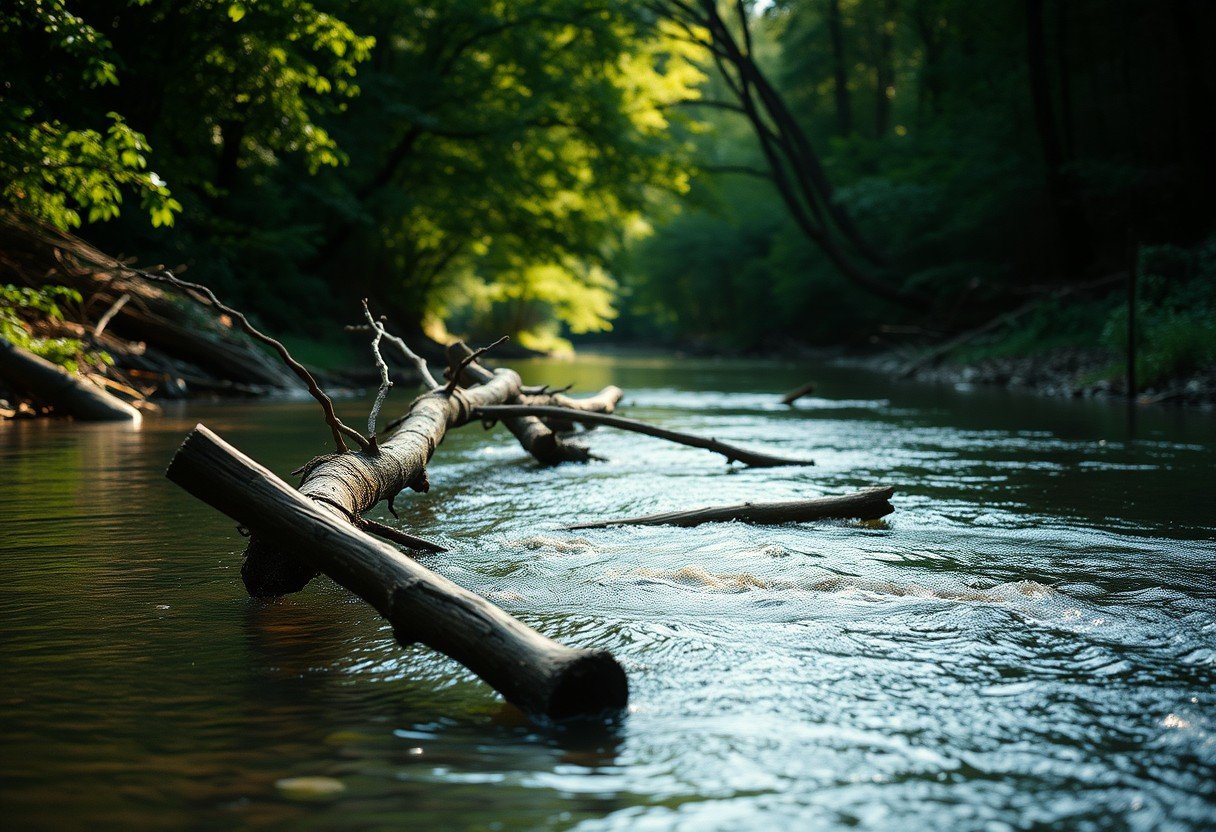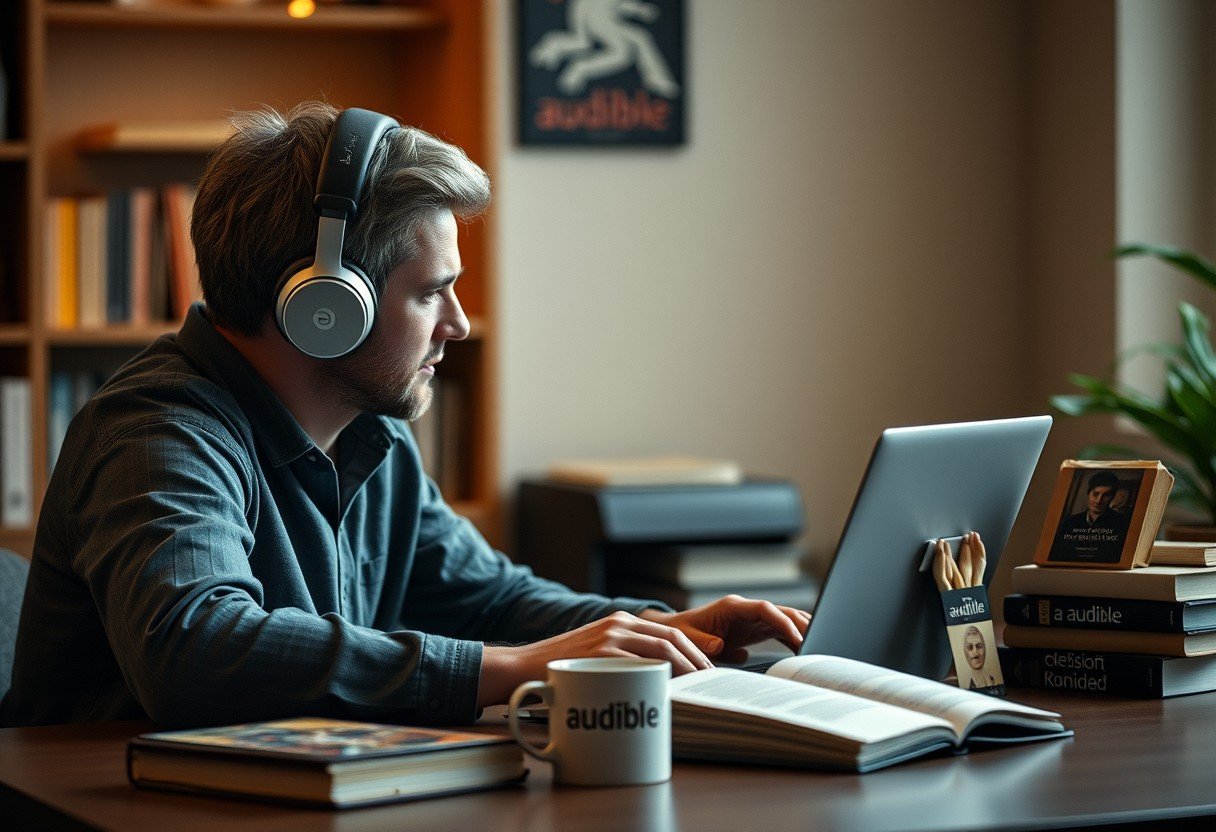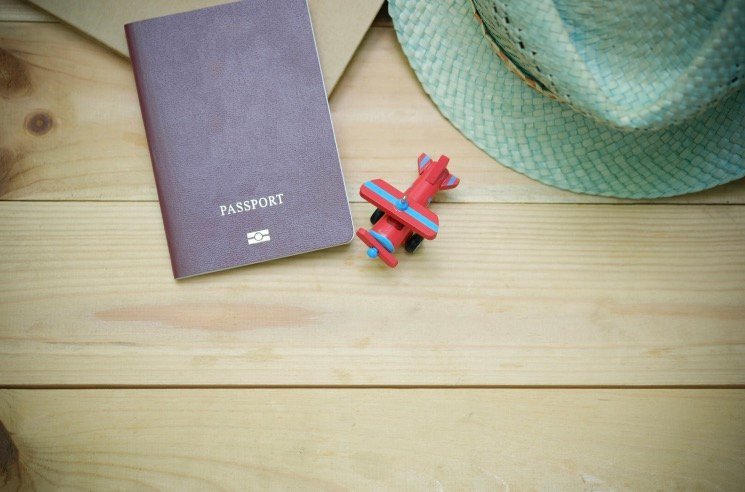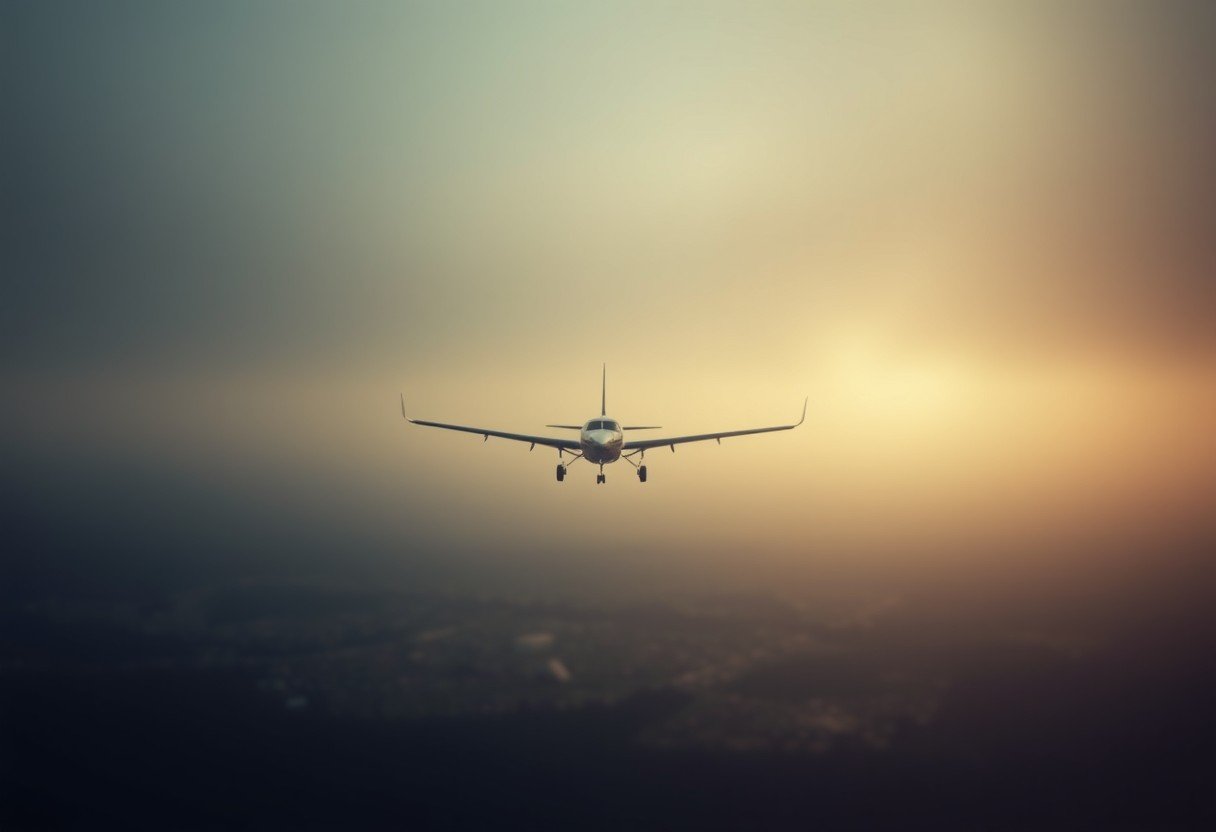River navigation can be an exhilarating experience, but it comes with hidden hazards. One of the most significant dangers is a “strainer,” an obstruction like a fallen tree that lets water pass through but can trap your boat and you. Understanding what strainers are, where to find them, and why they are so risky is crucial for anyone boating on a river. This guide will help you stay safe by teaching you how to spot and navigate these common river hazards effectively.
What Exactly is a River Strainer?
A strainer is any river obstruction that allows water to flow through it but blocks larger objects, such as boats, kayaks, or people. Think of it like a kitchen colander. Water passes through, but the spaghetti stays behind. In a river, this can be a deadly situation, especially in fast-moving currents where the force of the water can pin a vessel or person against the obstruction with immense pressure.
Strainers come in many forms, both natural and man-made. Recognizing the different types will help you stay vigilant on the water.
Some of the most common types of strainers you might encounter include:
- Submerged Trees: Often called “sweepers,” these are fallen trees or large branches that are partially or fully underwater.
- Brush and Debris: Piles of tangled branches and other debris can build up, creating a dangerous choke point in the river.
- Large Boulders: A collection of large rocks can create gaps that water flows through, but which are too small for a boat to pass.
- Man-Made Objects: Sunken boats, old bridge pilings, or discarded refuse can also act as hazardous strainers.
They are particularly dangerous because the water’s surface can look calm, hiding the immense force pushing into the submerged obstacle.
How Do These Dangerous Strainers Form?
Strainers are a natural part of most river ecosystems, but human activity can also contribute to their creation. Understanding how they form can help you predict where they are most likely to appear.
The primary natural cause is erosion and weather. Storms, high winds, and floods can uproot trees along the riverbank, causing them to fall into the water. Riverbank erosion can also weaken the ground, leading to trees and vegetation sliding into the current. These natural occurrences constantly change the river’s landscape, meaning a clear channel one day could have a new strainer the next.
Man-made structures are another common source of strainers. Bridge supports, dams, and piers can disrupt the river’s natural flow, creating areas where debris naturally accumulates. Debris carried downstream gets caught on these structures, building up over time to form a large, dangerous strainer. It is critical to be extra cautious when navigating around any man-made objects in a river.
The Hidden Dangers of Strainers for Boaters
The dangers posed by strainers are severe and can be life-threatening. The primary risk is entrapment. The force of the river’s current can press a boat and its occupants against a strainer with thousands of pounds of pressure, making escape nearly impossible.
One of the most immediate dangers is the risk of capsizing. If your boat turns sideways against a strainer, the current will push against the side, quickly flipping it over. Once in the water, a person can be swept into the strainer and pinned underwater. This situation can lead to drowning in a matter of seconds, even for strong swimmers wearing a life jacket.
Beyond the risk of drowning, encounters with strainers can cause serious injuries. Being thrown against submerged branches or rocks can result in broken bones, head trauma, or other severe injuries. In cold water, hypothermia becomes a major threat very quickly after capsizing.
How to Spot a Strainer Before It’s Too Late
Vigilance is your best defense against strainers. Actively scanning the river ahead is a non-negotiable part of safe boating. Knowing what to look for can help you identify a potential hazard with enough time to react.
Pay close attention to visual cues on the water’s surface. A line of disturbed water or turbulence in an otherwise calm area can indicate a submerged object. You might also see branches or the top of a log sticking just above the water. Always assume that what you see on the surface is only a small part of a much larger underwater obstruction.
Environmental factors also provide clues about where strainers are likely to be. Be extra cautious in areas with these features:
- On the outside of river bends, where the current is strongest and erosion is most active.
- In areas with densely wooded or overgrown riverbanks.
- Downstream from recently flooded areas or after major storms, which can wash new debris into the river.
- In narrow channels where debris has less room to pass.
Safe Navigation Tactics Around River Strainers
Identifying a strainer is the first step; knowing how to react is the next. The best strategy is always avoidance. Plan your route to stay in the clearest, most open part of the channel and give potential hazards a wide berth.
If you spot a strainer ahead, assess the situation calmly and quickly. Determine which side offers the safest and clearest path around it. Paddle assertively and deliberately to move your boat into the safe channel well before you reach the hazard. Communication is key if you are boating with others; point out the strainer and communicate your intended path to the group.
If you find yourself caught in a current pulling you toward a strainer and cannot paddle away, you must react correctly. If you are in a kayak or canoe, lean into the strainer. This may feel counterintuitive, but leaning downstream or away from the object will cause the current to catch the edge of your boat and flip it. By leaning into the strainer, you can try to keep your boat stable and work your way along the object toward the shore or its end.
| Response Technique | Description |
|---|---|
| Paddle Aggressively Away | The best option. Use strong, decisive strokes to move to a safe part of the river. |
| Lean Into the Obstruction | If contact is unavoidable, lean your body towards the strainer to prevent the current from flipping your boat. |
| Climb Onto the Strainer | As a last resort, get out of the boat and climb onto the strainer to get yourself out of the forceful water. |
| Swim Aggressively | If you fall out, swim away from the boat and the strainer. Do not try to hold onto your equipment. Swim feet-first downstream to fend off any other obstacles. |
Understanding Your Legal Responsibilities on the Water
As a boater, you have a responsibility to operate your vessel safely and to be aware of potential hazards. This includes understanding the risks posed by strainers. While strainers are often natural, navigating recklessly can have legal consequences.
Local regulations may exist for certain waterways, including designated channels or areas known to be hazardous. Always research the river you plan to boat on. Familiarize yourself with local laws, required safety equipment, and any posted warnings. Ignoring these can not only put you in danger but could also result in fines.
In the event of an accident involving a strainer, liability issues can arise. If your actions are deemed negligent and lead to injury or property damage, you could be held legally responsible. Ensuring you follow safe boating practices, carry all necessary safety gear, and remain aware of your surroundings is your best defense against both accidents and potential legal trouble.
Frequently Asked Questions about River Strainers
What are strainers in the context of river boating?
A strainer is any natural or man-made obstacle in a river, like a fallen tree or debris pile, that allows water to flow through but can trap or “strain” larger objects like boats and people. They are a serious hazard due to the immense force of the water pressing against them.
How can I identify a strainer while boating on a river?
Look for visual cues like branches sticking out of the water, lines of turbulence on the surface, or debris collected in one area. Be especially cautious on the outside of river bends and in areas with heavily wooded banks, as these are common locations for strainers to form.
Why are strainers considered so dangerous?
Their danger comes from the powerful force of the current. If a boat or person gets pinned against a strainer, the water pressure can make it impossible to escape, leading to capsizing, injury, or drowning. The danger is often hidden beneath a seemingly calm surface.
What should I do if I encounter a strainer while on the water?
The best course of action is always to avoid it. Paddle assertively to a clear channel away from the obstruction. If you cannot avoid it, you should lean your boat into the strainer to stay upright and try to work your way to safety.
Are there any key tips for preventing accidents with strainers?
Yes, always prioritize safety. Scout the river ahead whenever possible, wear your personal flotation device (PFD), and never boat alone. Maintaining a safe distance from riverbanks and staying alert are the most effective strategies to avoid a dangerous encounter.








Leave a Comment